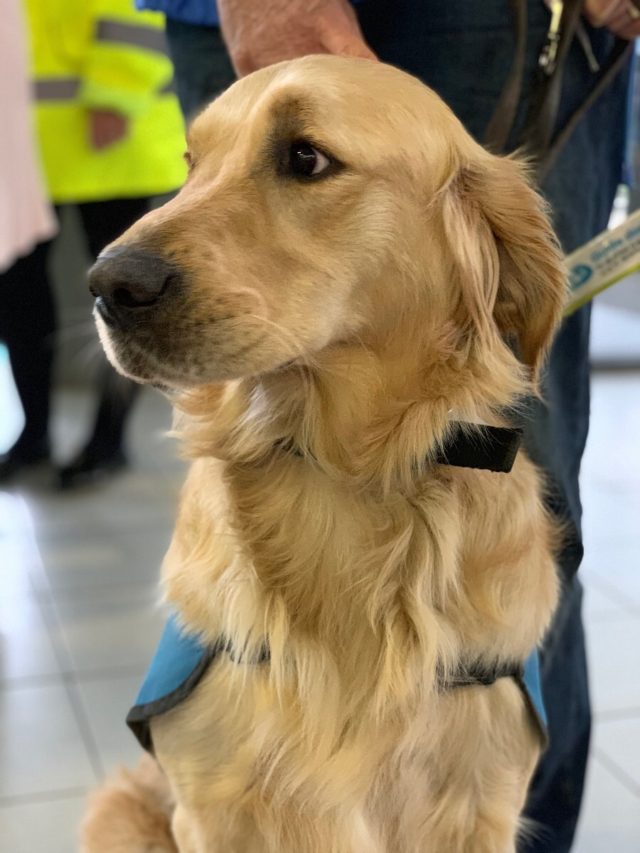By having a pet, you introduce happiness to your home and have to look after their safety. Many pets are taken to the emergency veterinarian because of accidents or because theyhave eaten something harmful. Avoiding these incidents starts with making each room in your home safe for your pets. This article discusses important safety issues and steps you can takein every room of the house. Also, we share tips from Veteris about emergency veterinary care to emphasise that preventionis key.
Kitchen: The hidden danger zone
Pets can face many safety concerns in the kitchen area. Sharp utensils, hot plates, and foods like onions, chocolate, and grapes can cause major problems. There are often chemicalsunder the sink, which can be dangerous if they swallow them. Secure childproof locks on cabinets in the kitchen, keepingcleaning products away from pets. Ensure all your trash binsare sealed adequately so animals can’t get into them. Don’t leave any food scraps or anything hot on the countertops.
Living room: Electrical and small object safety
Many electrical devices such as cables and small items in living rooms could attract pets’ attention. Cords and cablesmay cause electric shocks or strangulation for little ones and items like coins, batteries or toys are at risk of choking or poisoning if swallowed. Putting cables in covers or organiserswill help minimise the risk of them being pulled. Cheque around areas your pets can access and ensure small objects are removed or secured. Don’t keep plants such as lilies or philodendrons, which are known to be toxic. Using a pet gateallows you to block off areas you do not want your pet to enter.
Bathroom: Chemicals and water hazards
Many bathroom hazards include medications, harsh cleaningchemicals, and open toilets. There’s a chance that pets willdrink from the bathroom, which puts them in contact withtoxic substances and harmful germs. Poisoning can occur if medicines are kept on countertops or in medicine cabinets. Make sure your medicine cabinets are always secure and locked away. Close the toilet lid every time, so pets cannot getinside.
Bedroom: Safe spaces and hazardous items
A bedroom can feel safe, but it still should be checked for safety. Keeping jewellery, little objects or medicine on nightstands can be unsafe. If the strings on your blinds or curtains are loose, they can lead to strangulation. Be careful to keep your medications and personal care products away fromreach. Ensure cords are away from small hands by installingcordless coverings for your windows. Select an area whereyour pet can sleep far from bulbs and delicate objects.
Outdoor areas: Secure boundaries and toxic plants
If your pet enjoys the yard, always make sure outdoor safety istaken care of. The fencing must be secure so that no animalsescape. Several garden plants such as azaleas, daffodils and yew, are unsafe for pets to eat. If there are toxic plants in the yard, remove or fence them and stay away from pesticides and fertilisers that are toxic to animals. At all times, give your pet shade and enough clean water. Should ponds or pools exist, use fence barriers or special covers to stop pets from falling in.
Conclusion
You should carefully examine each place in your home for risks that could harm your pet. Specific care is needed in kitchens and bathrooms because of the dangers from poisons, whereas bedrooms and living rooms demand attention to usualhousehold hazards and electricity issues. Pets should not beable to escape or come into contact with toxic items in outdoorareas. These safety tips will make your pet more comfortableand safe while you’re away. Pet-proofing must be doneregularly, as your pet or home situation changes. Families and their pets are happy when they live in a safe home.




